IRONMAN + SwimLabs Event at SwimLabs Westchester
SwimLabs Westchester (Elmsford, NY) hosted an IRONMAN + SwimLabs Event on June 16, 2018, with professional triathlete Laurel Wassner and local...
2 min read
Laura Dravenstott : Jun 1, 2018 5:13:48 PM
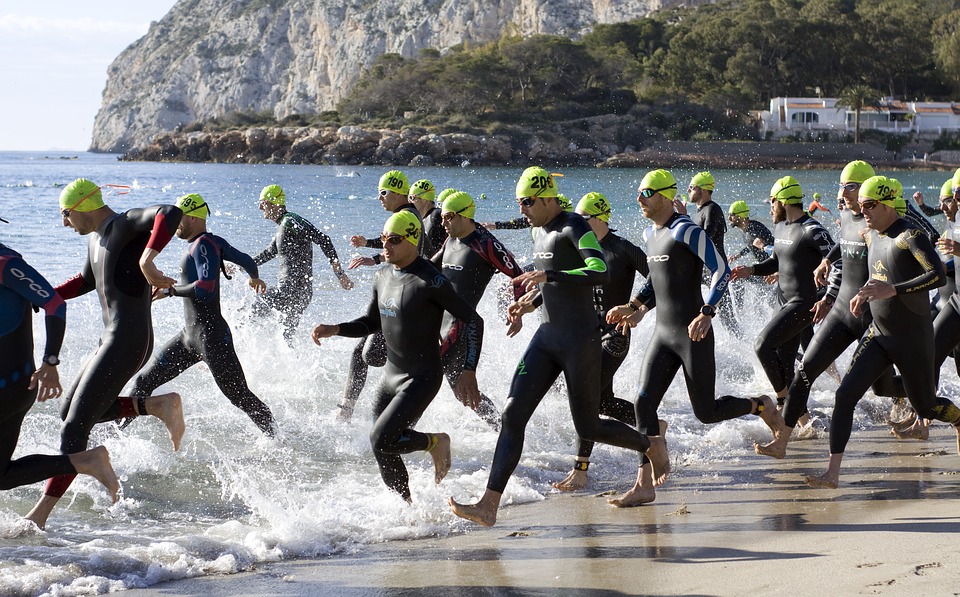

To celebrate SwimLabs’ partnership with Ironman, we’re posting a series of blogs on triathlon training at SwimLabs. The first blog is an interview with Louis Cicchino, a top-ranked amateur triathlete and triathlon coach / owner at Accelero Endurance. Louis has a Bachelor’s degree in Exercise Science from Metro State University, a Certified Training Certificate from the National Academy of Sports Medicine, and is a USA Triathlon Certified Coach. Louis is also an instructor at SwimLabs Highlands Ranch and conducts open water clinics at Grant Ranch. Interviewer Laura Dravenstott is an instructor at SwimLabs.
Laura Dravenstott: “How does an efficient swim conserve energy in a triathlon?”
Louis Cicchino: “An athlete has approximately eighty percent of their race left after the swim and they want to feel ‘refreshed’ after that first leg - not like they’ve been through a washing machine. Working on technique allows the swimmer to be more efficient, which accomplishes two things: it makes them faster and allows them to conserve energy for the bike and the run. Conserving energy is like saving matches, you only want to strike and burn a few during the swim, not torch half the box.”
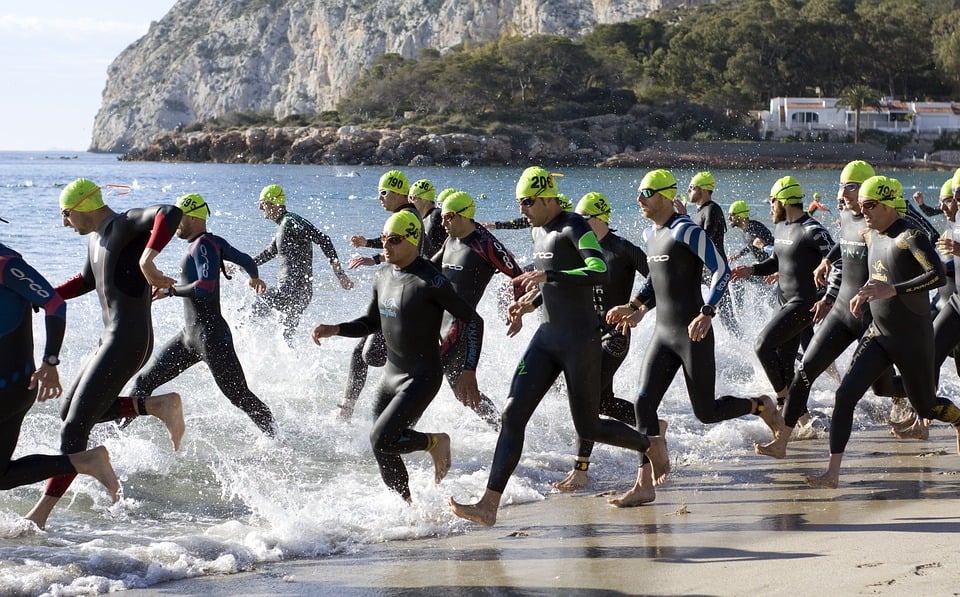
LD: “How does poor technique in the swim cause problems on the bike and run?”
LC: “If an athlete has poor technique they often rely on the wrong set of muscles to strong-arm their way through the swim. This fatigues the muscles to an unnatural degree and causes problems on the next leg. An example that I commonly see is an athlete who relies on their shoulders for the swim, instead of utilizing their lats, chest and core. The shoulders are fatigued when they get to the bike and need that to have rounded, pronated shoulder for a good aerodynamic bike position. Fatigued shoulders can’t hold that position and have to straighten or adjust, leading to poor aerodynamics.”
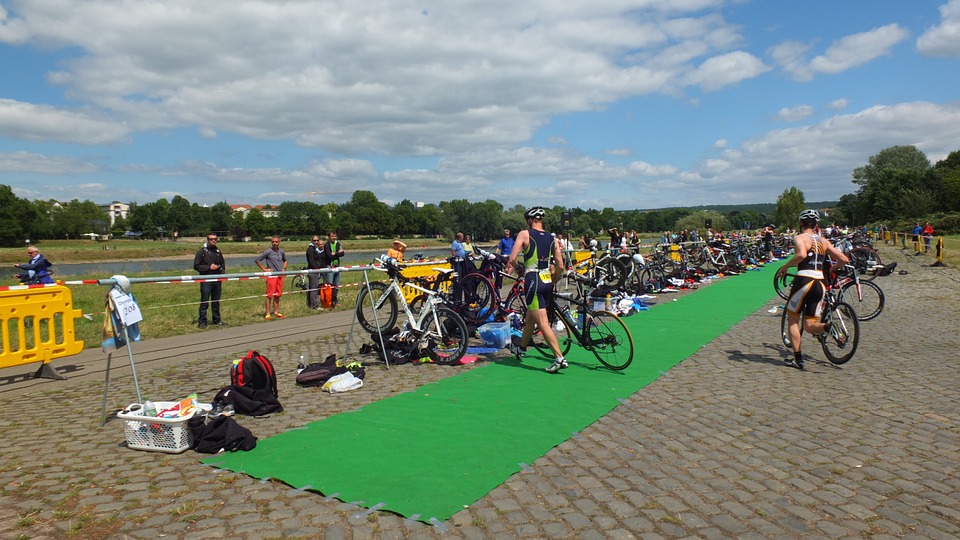
LD: “But a common thought among triathlete is that they should rely on the arms and save the legs in the swim, because the wetsuit will help correct body position. Is that true?”
LC: “That is a common misconception. In fact, the first thing that I look for in a lesson is body position. Are the feet below the hips? Is the head above the shoulders? If those statements are true, the athlete is swimming like an anchor through the water. The correct body position is on top of the water, not at a diagonal with the feet dragging on the bottom.”
LD: “Does the wetsuit help to correct body position in a race?”
LC: “Yes, the wetsuit will help lift the lower body so that the athlete is on top of the water. That can cause problems in the bike and the run if the swimmer is not used to swimming with correct body position. In the correct ‘flat line’ position, the athlete is basically in a plank that relies on core muscles. The lower back, abdominals, hip flexors, and core come into play. If the athlete doesn’t practice in the ‘flat line’ position, the race in a wetsuit will put unaccustomed stress on their core.”
LD: “Triathletes say they feel more comfortable and buoyant in a wetsuit. How does the stress on the core muscles manifest itself in their race?”
LC: “Athletes will feel more efficient and faster in a wetsuit because their body position is better, but it comes at a cost if they don’t normally practice that way. This is relevant because biking is what we call an open kinetic movement. The limbs are generating force while moving, but the power is generated from the core – the glutes, hip flexors and lower abdominals – which are the same groups we use in the swim ‘plank.’
If the core is stressed, there could be low back or pelvic pain on the bike. Athletes may think this is caused by bike alignment and fit, and may pay $200 for a bike fitting, when actually the pain is coming from stressed core muscles. Stress on this muscle group can also result in what we call the Ironman shuffle, which is a running position where the eyes are down and the shoulders slump because the glutes are too stressed to hold the runner upright.
All of these problems can be avoided if we use the correct technique during swim training.”
Tune in next week for the second part of the conversation!
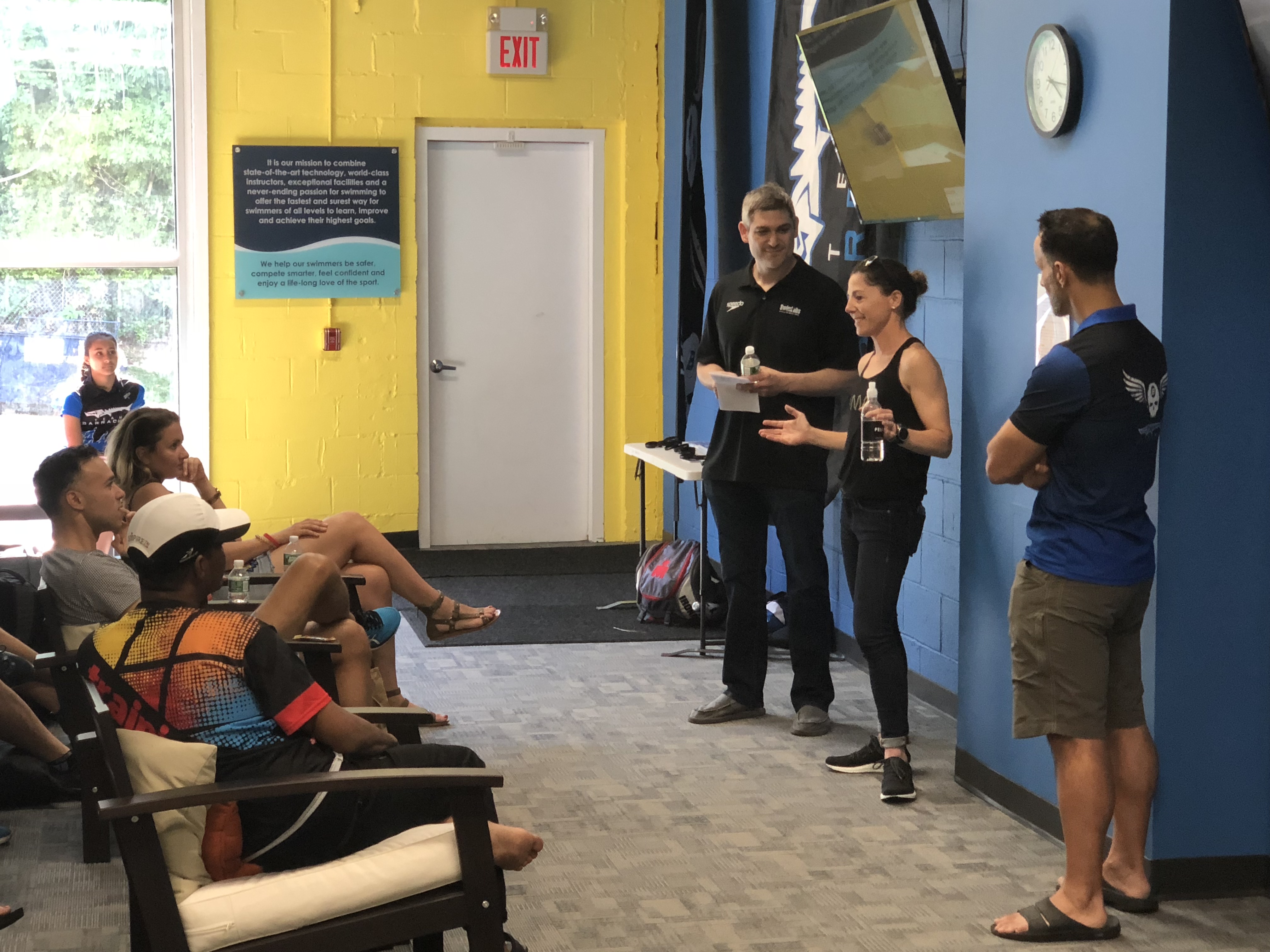
SwimLabs Westchester (Elmsford, NY) hosted an IRONMAN + SwimLabs Event on June 16, 2018, with professional triathlete Laurel Wassner and local...
.jpg)
To celebrate SwimLabs’ partnership with Ironman, we’re posting a series of blogs on triathlon training at SwimLabs. The first blog is an interview...
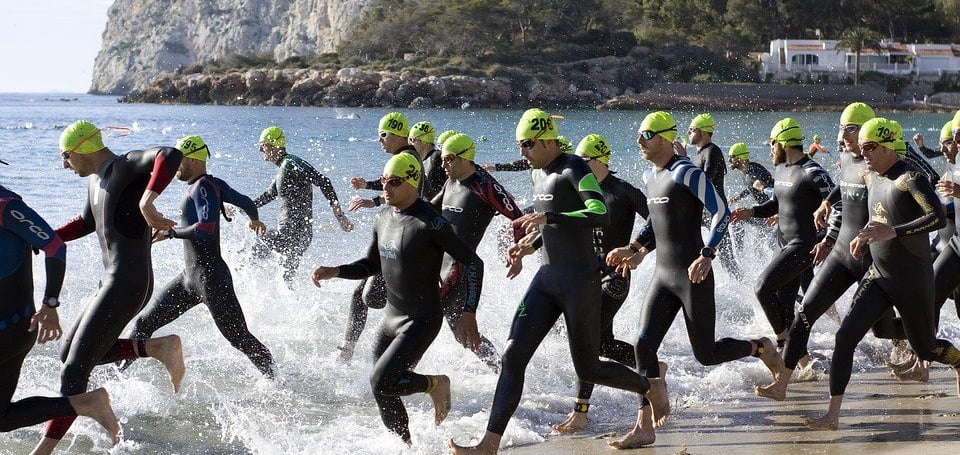
We ask Mary Carey how she prepared for her 3-day ultra-endurance event in the Ultra 520k in what was recently held in Canada. Mary Carey is a USA...

Visit our Water Safety Blog for expert advice, family tips, and more!